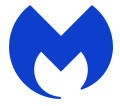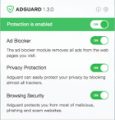What is MicroLookup
MicroLookup is supposed to be a program that will improve the browsing experience, but according to security specialists, this program is an adware. Adware is a type of invasive programs — which can infect computers — constantly redirect the web browser to certain websites so the owners of those sites can make revenue by showing ads to visitors. It is not a good idea to have installed adware software. The reason for this is simple, it doing things you do not know about. And of course you completely do not know what will happen when you click anything in the the adverts.
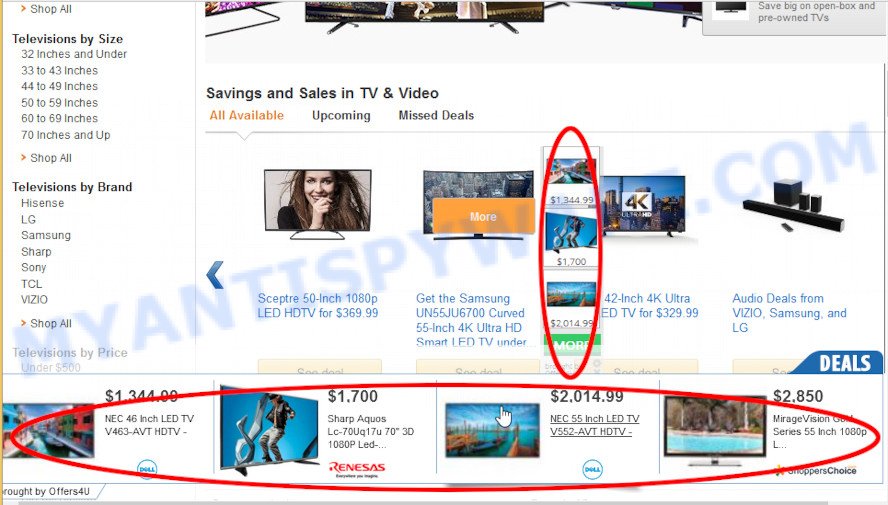
Unwanted ads
Does adware steal your confidential data? Adware software can have spyware and keyloggers built into the application, leading to greater damage to your MAC system and possible invasion of your personal data.
Below we are discussing the solutions which are very effective in removing adware software. The steps will also assist you to remove MicroLookup from your MAC for free.
How does MicroLookup get on your MAC OS
Adware may be spread through the use of trojan horses and other forms of malicious software, but in many cases, adware come bundled with certain free software. Many authors of free software include optional applications in their installer. Sometimes it is possible to avoid the installation of any adware: carefully read the Terms of Use and the Software license, select only Manual, Custom or Advanced setup option, reject all checkboxes before clicking Install or Next button while installing new free software.
Threat Summary
| Name | MicroLookup, MicroLookup 1.0 app |
| Type | adware, potentially unwanted application (PUA), pop-ups, pop-up virus, pop up ads |
| Symptoms |
|
| Removal | MicroLookup removal guide |
How to Remove MicroLookup adware (removal instructions)
The answer is right here on this web-page. We have put together simplicity and efficiency. It will allow you easily to clean your computer of MicroLookup adware. Moreover, you may select manual or automatic removal solution. If you are familiar with the MAC OS then use manual removal, otherwise use the free antimalware tool designed specifically to delete adware. Of course, you can combine both methods. Some of the steps below will require you to shut down this webpage. So, please read the steps carefully, after that bookmark it or open it on your smartphone for later reference.
To remove MicroLookup, perform the following steps:
- Remove unwanted profiles on Mac device
- Delete MicroLookup related apps through the Finder
- Remove MicroLookup related files and folders
- Scan your Mac with MalwareBytes
- Remove MicroLookup from Safari, Chrome, Firefox
- How to stay safe online
- To sum up
Remove unwanted profiles on Mac device
MicroLookup can install a configuration profile on the Mac system to block changes made to the browser settings. Therefore, you need to open system preferences, find and delete the profile installed by the adware.
Click Apple menu ( ![]() ) > System Preferences.
) > System Preferences.
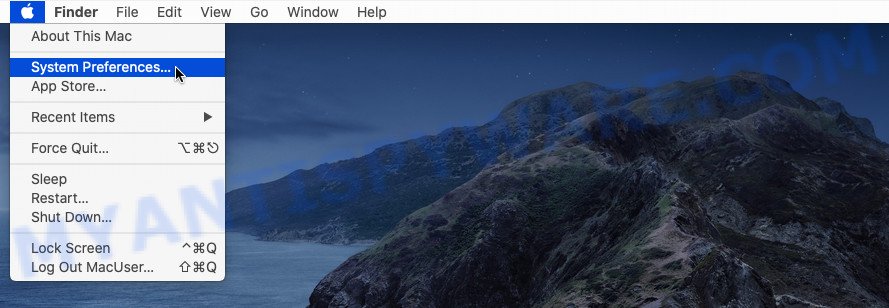
In System Preferences, select Profiles. if there is no Profiles in the list of preferences, that means there are no profiles installed on the Mac computer. If there is Profiles in the list, then click on it, then select a profile associated with MicroLookup.
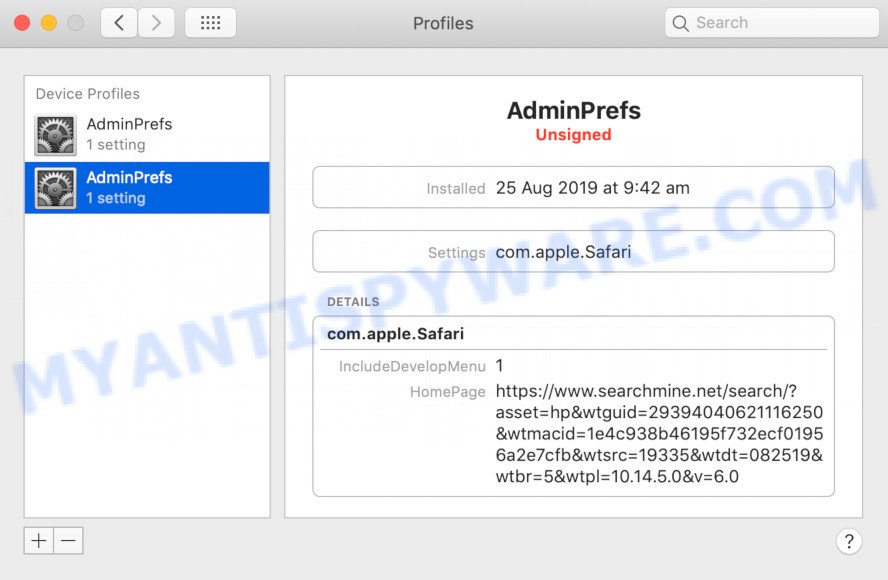
To delete a malicious profile, click on the minus button ( – ) located at the bottom-left of the Profiles screen.
Delete MicroLookup related apps through the Finder
Some of adware, PUPs and browser hijackers can be deleted using the Move to Trash utility that can be found in the Finder. So, if you are using any version of Apple Mac and you have noticed an unwanted program, then first try to get rid of it through the Finder.
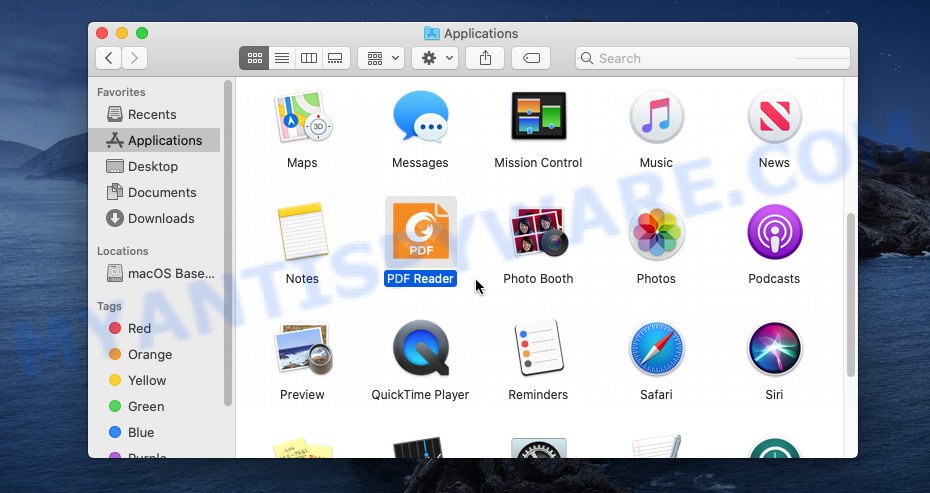
- Open the Finder.
- Click “Applications”.
- It will show a list of all applications installed on the Apple Mac.
- Scroll through the all list, and delete suspicious and unknown programs. Pay maximum attention to the application you installed last.
- Drag the suspicious application from the Applications folder to the Trash.
- Empty Trash.
Remove MicroLookup related files and folders
Now you need to try to find MicroLookup related files and folders, and then delete them manually. You need to look for these files in certain directories. To quickly open them, we recommend using the “Go to Folder…” command.
Click on the Finder icon. From the menu bar, select Go and click “Go to Folder…”. As a result, a small window opens that allows you to quickly open a specific directory.

Check for MicroLookup generated files in the /Library/LaunchAgents folder

In the “Go to Folder…” window, type the following text and press Go:
/Library/LaunchAgents
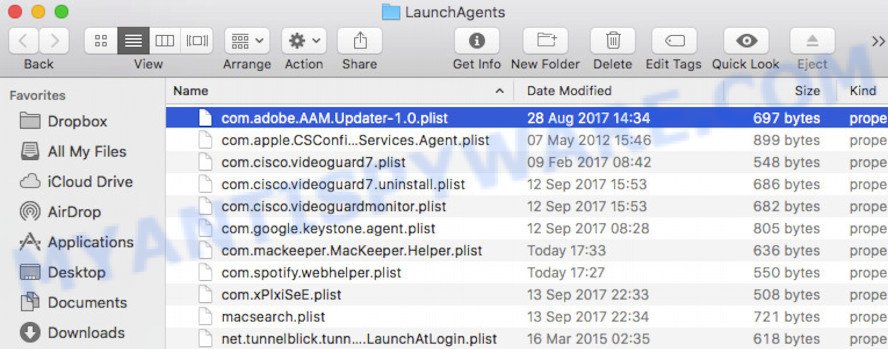
This will open the contents of the “/Library/LaunchAgents” folder. Look carefully at it and pay special attention to recently created files, as well as files that have a suspicious name. Move all suspicious files to the Trash. A few examples of files: search.plist, macsearch.plist, installapp.plist, MicroLookup.plist and com.machelper.plist. Most often, PUPs, adware and browser hijackers create several files with similar names.
Check for MicroLookup generated files in the /Library/Application Support folder

In the “Go to Folder…” window, type the following text and press Go:
/Library/Application Support
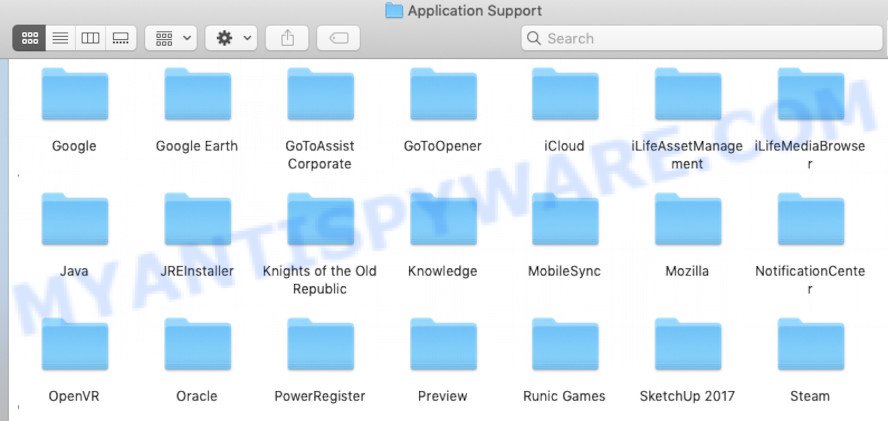
This will open the contents of the “Application Support” folder. Look carefully at its contents, pay special attention to recently added/changed folder. Move all suspicious folders to the Trash.
Check for MicroLookup generated files in the “~/Library/LaunchAgents” folder

In the “Go to Folder…” window, type the following text and press Go:
~/Library/LaunchAgents

Proceed in the same way as with the “/Library/LaunchAgents” and “/Library/Application Support” folders. Look for suspicious and recently added files. Move all suspicious files to the Trash.
Check for MicroLookup generated files in the /Library/LaunchDaemons folder
In the “Go to Folder…” window, type the following text and press Go:
/Library/LaunchDaemons

Carefully browse the entire list of files and pay special attention to recently created files, as well as files that have a suspicious name. Move all suspicious files to the Trash. A few examples of files to be deleted: com.MicroLookup.plist, com.installapp.plist, com.macsearch.plist, com.machelper.plist and com.search.plist. In most cases, potentially unwanted programs, adware and browser hijackers create several files with similar names.
Scan your Mac with MalwareBytes
Manual MicroLookup removal requires some computer skills. Some files and system entries that created by the adware can be not completely removed. We recommend that use MalwareBytes to scan the Mac computer. Moreover, this program will help you to get rid of adware software, browser hijackers, potentially unwanted programs and toolbars that your computer may be affected too.
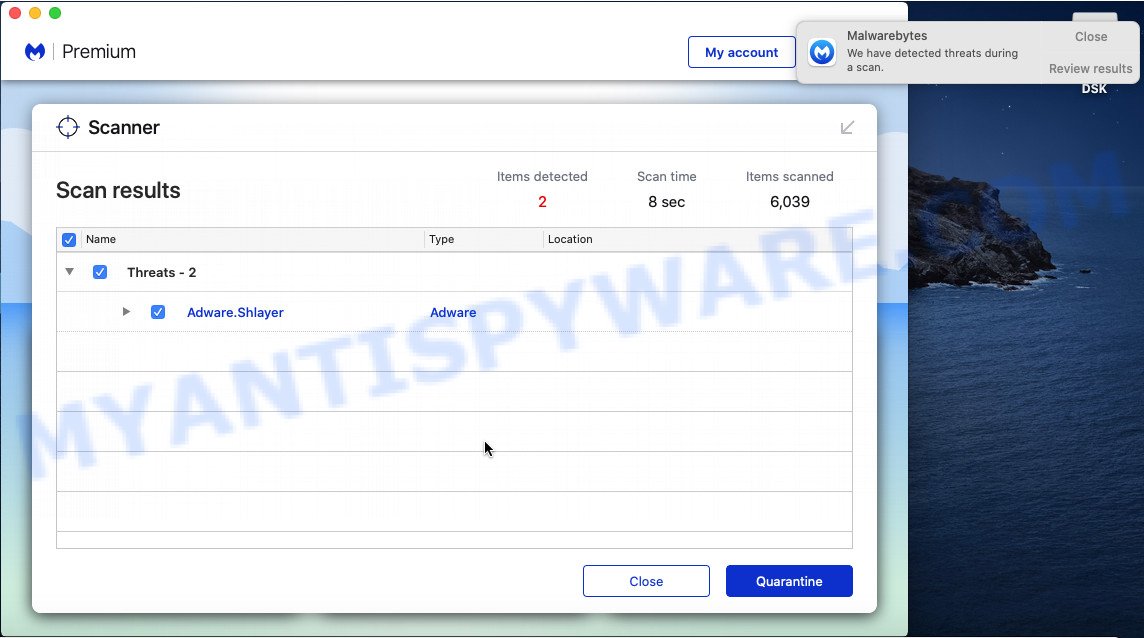
Please go to the following link to download the latest version of MalwareBytes for Mac OS.
21022 downloads
Author: Malwarebytes
Category: Security tools
Update: September 10, 2020
After downloading is complete, run it and follow the prompts. Click the “Scan” button to perform a system scan for the MicroLookup adware software. Depending on your Apple Mac, the scan may take anywhere from a few minutes to close to an hour. While the tool is scanning, you may see how many objects and files has already scanned. When you’re ready, click the “Quarantine” button.
The MalwareBytes is a free program that you can use to delete all detected folders, files, malicious services and so on.
Remove MicroLookup from Safari, Chrome, Firefox
If you have ‘MicroLookup ‘ removal problem, then remove unwanted addons can help you. In the steps below we will show you the solution to remove malicious extensions without reinstall. This will also help to get rid of MicroLookup adware from your internet browser.
You can also try to get rid of MicroLookup by reset Chrome settings. |
If you are still experiencing problems with MicroLookup removal, you need to reset Mozilla Firefox browser. |
|
How to stay safe online
It is important to use ad blocking applications like AdGuard to protect your computer from harmful webpages. Most security experts says that it’s okay to stop ads. You should do so just to stay safe! And, of course, the AdGuard can to stop misleading and other unwanted web-pages.
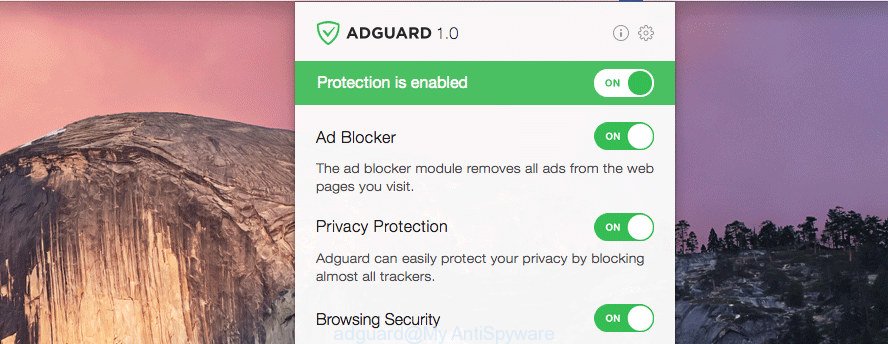
Download AdGuard from the link below.
3782 downloads
Author: © Adguard
Category: Security tools
Update: January 17, 2018
Once the download is complete, run the downloaded file. The “Setup Wizard” window will show up on the computer screen.
Follow the prompts. AdGuard will then be installed. A window will show up asking you to confirm that you want to see a quick tutorial. Click “Skip” button to close the window and use the default settings, or press “Get Started” to see an quick instructions which will help you get to know AdGuard better.
Each time, when you start your MAC OS, AdGuard will run automatically and stop undesired ads, block malicious and misleading web sites.
To sum up
Now your Apple Mac should be clean of the MicroLookup adware. We suggest that you keep AdGuard (to help you stop unwanted popups and undesired malicious web-pages) and MalwareBytes Free (to periodically scan your MAC system for new malicious software, browser hijackers and adware software). Make sure that you have all the Critical Updates recommended for Mac OS. Without regular updates you WILL NOT be protected when new browser hijackers, malicious programs and adware are released.
If you are still having problems while trying to get rid of MicroLookup from your internet browser, then ask for help here.
